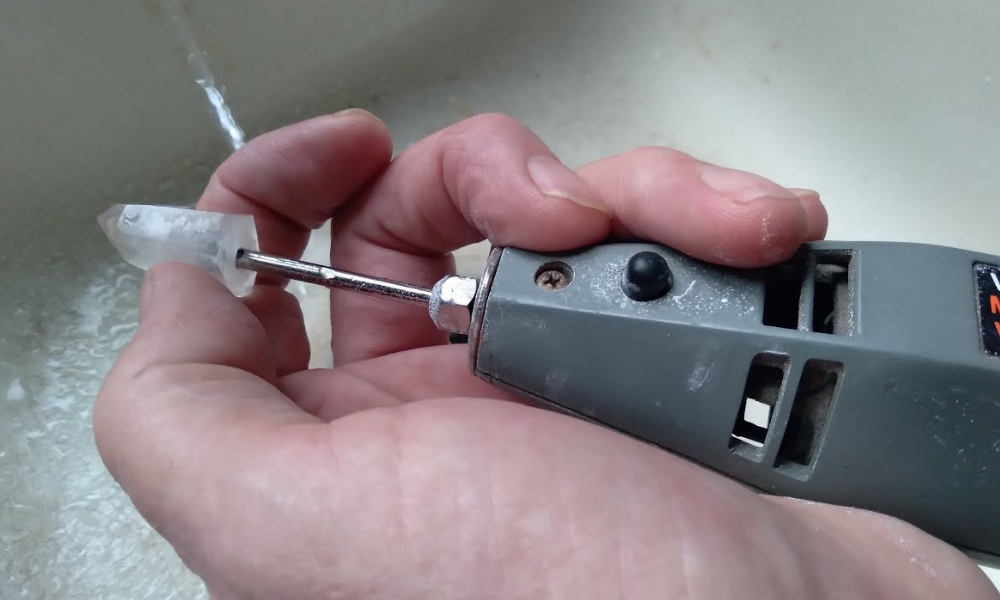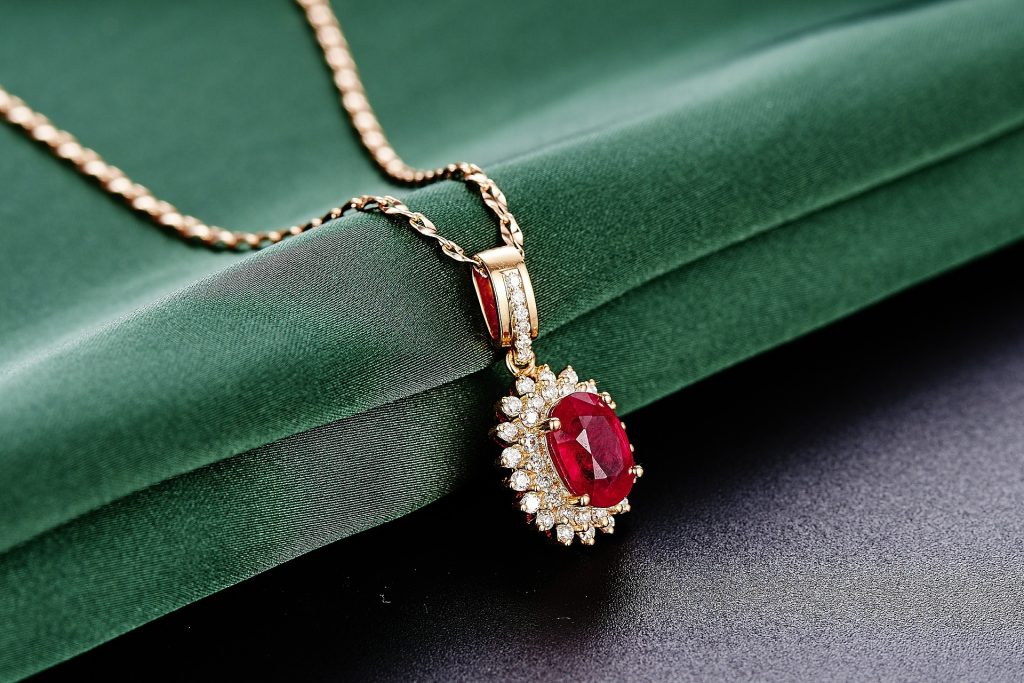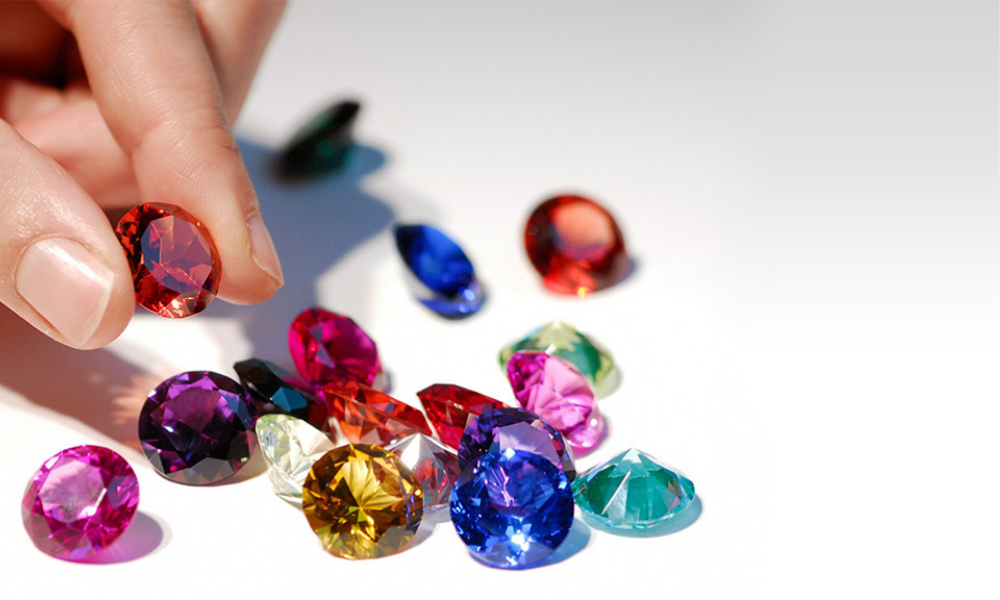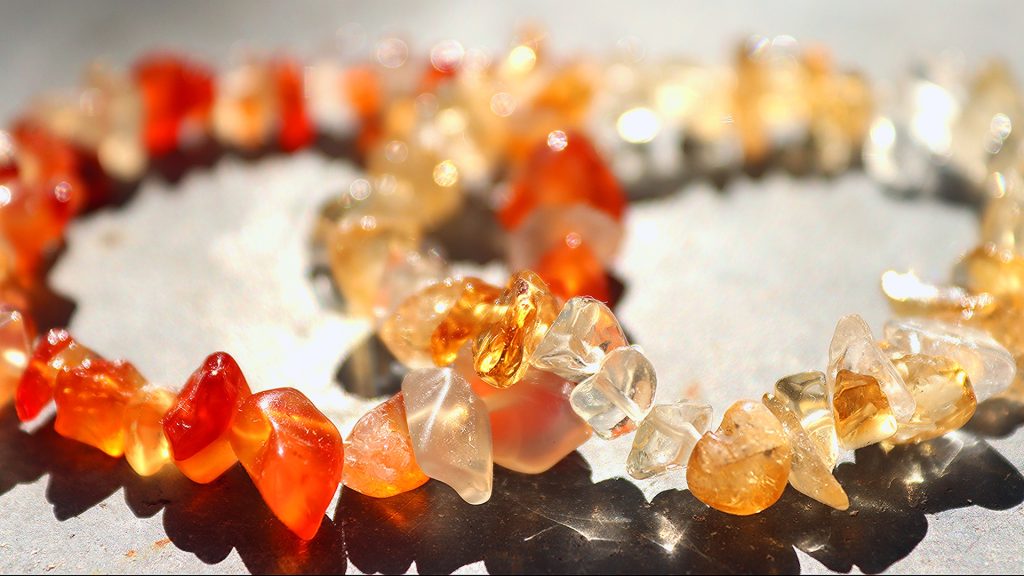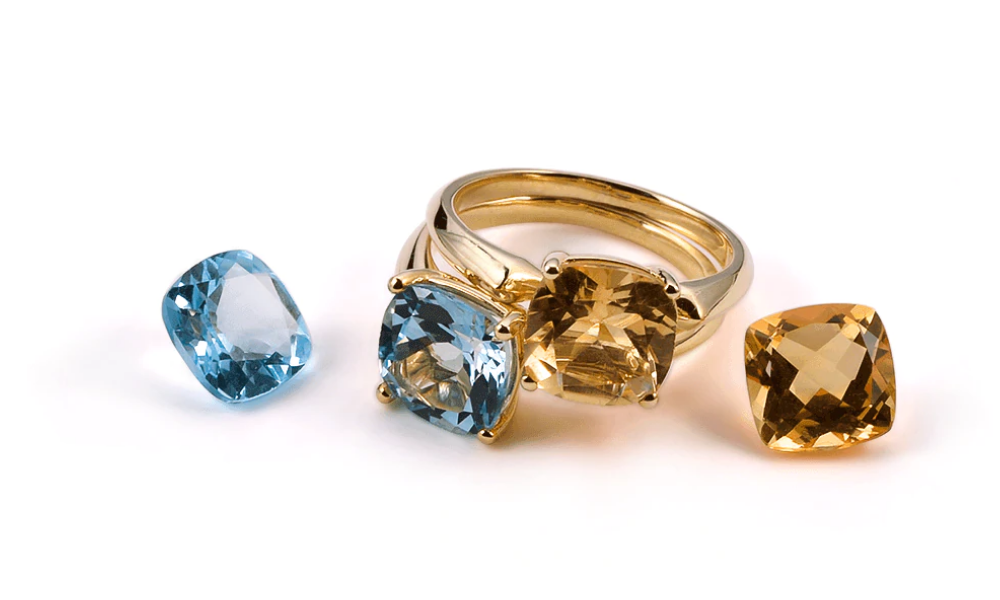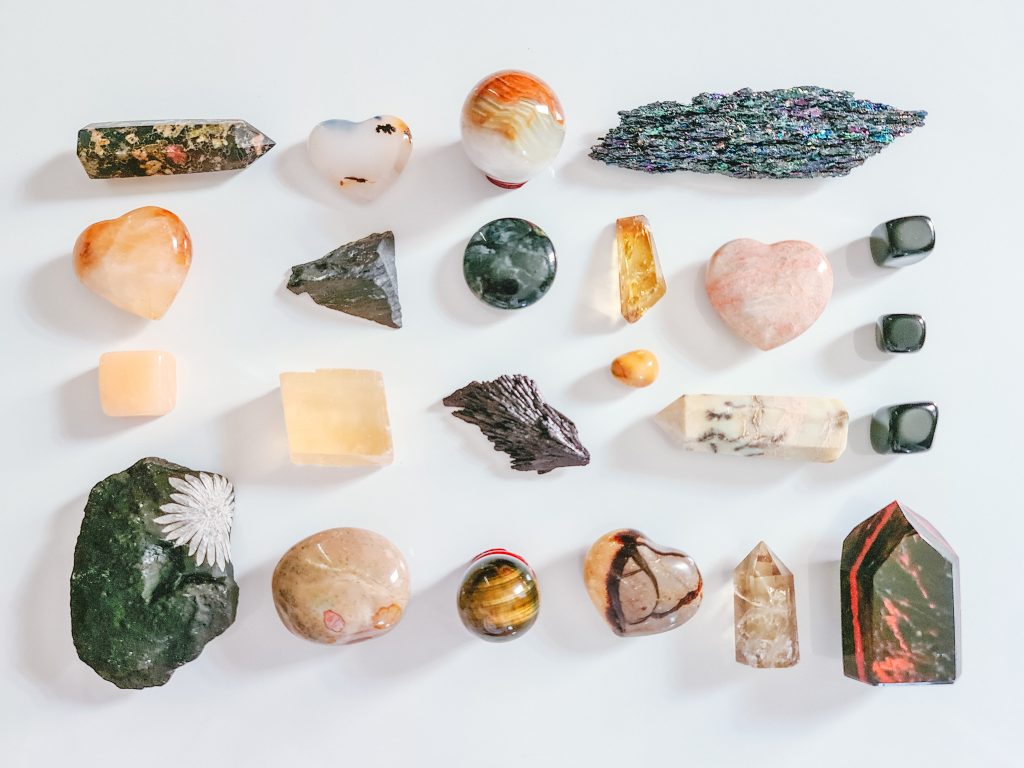Whether or not it is possible to drill holes in gemstones is something you may be thinking about. It is necessary to have the required tools and skills to drill a hole in a gemstone. One of the most crucial considerations is ensuring that the gemstone remains stable when drilling is performed. Here’s what you need to know about drilling holes in gemstone jewelry before starting.
To correctly drill a gemstone hole, you must be familiar with the necessary instruments and abilities for the job. When drilling a gemstone, it is essential to ensure that it is stable to avoid injuring it. Ensure that the drill bit you are using is the correct size for the gemstone and jewelry you are working with. A quarter-inch of the gemstone’s surface should always be left around the hole as a safety precaution. You may need to apply poster putty to keep the stone from moving around while drilling.
What are Gemstones?
When it comes to gemstones, the term refers to a piece of mineral (or other rock or organic substance) that has been cut and polished and then used to create a piece of jewelry or another item. Aside from mineral-based gemstones such as diamonds and rubies, other materials such as jet or amber and rocks such as lapis lazuli can also be used to produce gemstones. Generally speaking, the bulk of gemstones are hard to the touch; however, some soft minerals may also be incorporated depending on the jewelry item being manufactured. If you want to learn more about this, look at the Moh’s Scale of Hardness.
Other names, such as: may also refer to a gemstone
- Fine Gemstone / Gem
- Semi-precious stone / Precious stone
- Jewel
How to Drill a Hole in a Gemstone?
Material Needed
- Water dish
- Diamond-tipped drill bit
- Drill Press
- Clamp or vise grip
- Coolant/Water
Step 1
Make a mark on your gemstone where your entrance and exit holes will be (personal preference). Place the stone on wood or blue-tac to hold it in place while you drill your water dish (it can be an ice cream tub, sandwich box, or other sturdy trays). Drill your water dish. It will need to be large enough to accommodate your stone’s total immersion.
Step 2
The drill bit should be selected following the planned size of the hole that is to be drilled in the gemstone. Choosing a drill bit that corresponds to the size of the jewelry you wish to put is essential. To ensure strength and durability, there should be roughly 14 inches of gem all around the target hole, measured from the center of the stone.
Step 3
Fix the gemstone in place with a clamp or vise grip. Make sure that the stone is firmly fastened and facing the correct direction. Make a mark on the stone to indicate the drilling region, which will aid in positioning the drill bit.
Step 4
When drilling a gemstone, it is necessary to use a coolant or water to prevent the stone from being harmed by the heat generated during the drilling process. Also, ensure that the drilled surface is centered in the middle of the clamp so that the drill bit may proceed straight through the hole.
Step 5
Placing the drill bit’s tip on the hole spot and setting the drill bit to the appropriate speed are essential steps. The speed should not be too fast for safety reasons to prevent the stone from overheating. High levels of heat will alter the qualities of the gemstone material and may even cause it to break.
Begin by slowly lowering the drill press to the stone and drilling a hole through it. Continue to lower the drill bit until the hole has been thoroughly drilled through. Continue to squirt the coolant around the gemstone to prevent excessive heat from building up around it.
Step 6
Immerse the drilled gemstone in water for several minutes to cool it completely. After a few minutes, take the stone out of the hole to see if the hole was created correctly. You can try the jewelry on the hole to see if it fits well before purchasing it.
Value of Gemstones
According to supply and demand, the price of gemstones is mainly determined by supply and demand, just as expected in any other significant business.
One of the most important considerations for consumers is the value and price of the gemstones when it comes to gemstones. However, as is true in many businesses, the laws of supply and demand are very much in effect. As a result, rare diamonds will command a more significant price tag in the future.
For example, in the case of garnet, it is incredibly trendy and appealing, but it is not extremely rare, which means that its price tag is not excessive. If you compare a garnet and a ruby of identical size and quality, the ruby would always command a higher price because it is a more valuable gemstone due to its scarcity.
Because there is no uniform classification or measurement system in place, it is frequently impossible to determine the true worth of a specific gemstone in the marketplace. This is where gemstones differ from diamonds, which have been subjected to a uniform measurement method since the 1950s and are easier to compare and contrast. Eye examination and evaluation of gemstones have traditionally been the norm. If you are looking at a gemstone, the four most significant factors are color, clarity, cut, and carat weight. When looking at a gemstone, the four C’s are the most important factors to consider.
Even though diamonds are one of the most valuable assets on the planet, several different gemstones are even more challenging than diamonds.
What is the Best Stone Drilling Bit?
Masonry bits are drill bits that can drill through concrete, and they’re also practical for drilling through brick and stone walls. In terms of strength, drill bits with tungsten carbide tips are the most effective; sharper is always preferable when it comes to solid concrete. Masonry bits make holes in concrete in two steps, one at a time.
Is it Possible to Use Masonry Pieces on Stone?
The ability to drill into hard materials such as stone, brick, granite, and even marble is conceivable, but it requires a robust drill bit composed of hard metal. Masonry drill bits are specifically developed to work with stone and can drill through even the most difficult of materials.
What is the Best Way to Drill Through Hard Stone?
Hold the drill at a right angle to the stone surface and turn it on slowly to create a small indent in the surface with the drill. Change out that drill bit for another one that is the same size as the hole you need to make. Then repeat the process. While working, keep the pressure on your hands as mild as possible. To prevent friction, keep the drill region and drill bit wet.
How does a Masonry Drill Bit Appear?
Masonry bits are shaped like larger twist drills with a somewhat tighter corkscrew than standard twist drills. Their large arrow-shaped heads make it easy to distinguish them from other species. They’re typically seen in hammer drills, where they’re used to grind down masonry as they cut through it. Use them on hard stone surfaces such as brickwork, stone masonry, breeze blocks, and other hard stone surfaces.
What is the Best Way to Drill Through Flagstone?
A hammer drill should be used to bore through hard surfaces such as stone. To drill through a hard surface like flagstone, you’ll need to use a hammer drill, which applies additional pressure to the stone and makes it simpler to drill through it. Select a bit for the hammer drill and insert it into its bit holder.
What is the Best Way to Clean Your Gemstones?
Of course, all precious and semi-precious stones must be cleaned regularly, and this goes without saying. Cleaning them does not necessitate the use of any specialized equipment. Most stones respond effectively to a moderate detergent and warm water combination. Scrub them using a soft brush, especially a baby brush with soft bristles, to remove any remaining debris. Avoid washing the stone too vigorously, as this may cause it to become scratched. Rinse the stone and carefully dry it with a soft, lint-free cloth after being cleaned. Always wash your gem-studded jewelry in a bowl of water after wearing it. A piece of jewelry may become loose if the stones are not adequately secured. If you wash them in a sink or washbasin, you risk losing these precious stones.
Conclusion
Before drilling a hole in a gemstone, it is necessary to flip the stone halfway around and drill from the other side of the stone. If you drill directly through, you may have a chiseled exit hole. Flipping the gemstone halfway allows you to drill from the other side, avoiding this issue entirely. A diamond-tipped bit is an alternative method of drilling a gemstone. But it is not advisable to drill directly through the stone to reach the other side.
Following the drilling of the gemstone, it is necessary to remove any shards of glass that have become stuck to the wax. Immediately after completing the process, drain the water and place the glass fragments in the freezer. The cold wax will assist in the removal of the shards from the wax. Using an acetone-soaked cotton swab, remove any remaining wax residue from the car’s surface.

